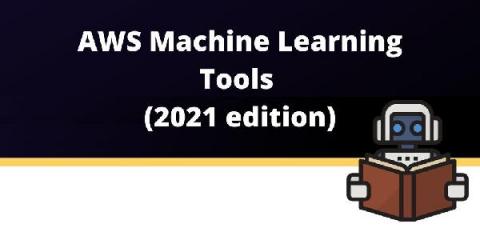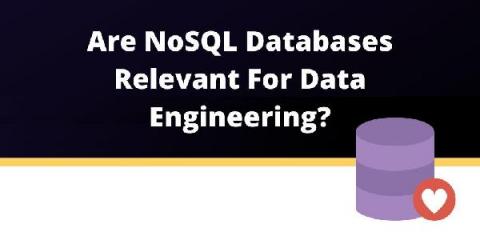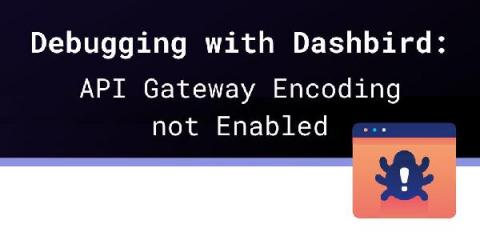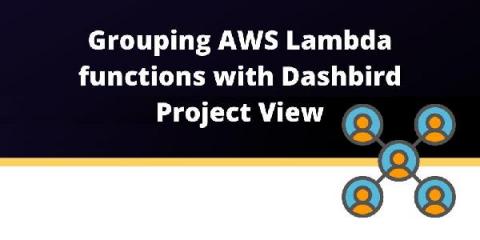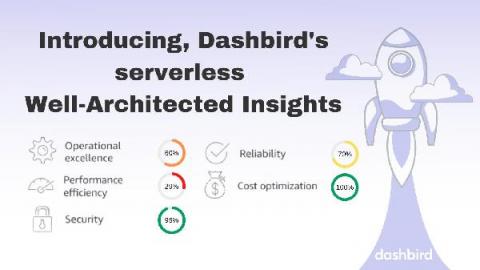AWS CloudWatch alerts vs. Dashbird alerts
In the 21st century, it’s quite easy to manipulate machines and computers. Our worries are no longer if something is doable, but if something can be perfected. Therefore, we mostly search for new ideas and ways to make our work impeccable. For example, if you’re using a particular software and you realize that the software is excellent, but it could be better in some ways that would allow you to work even faster, you’ll explore the alternatives.




